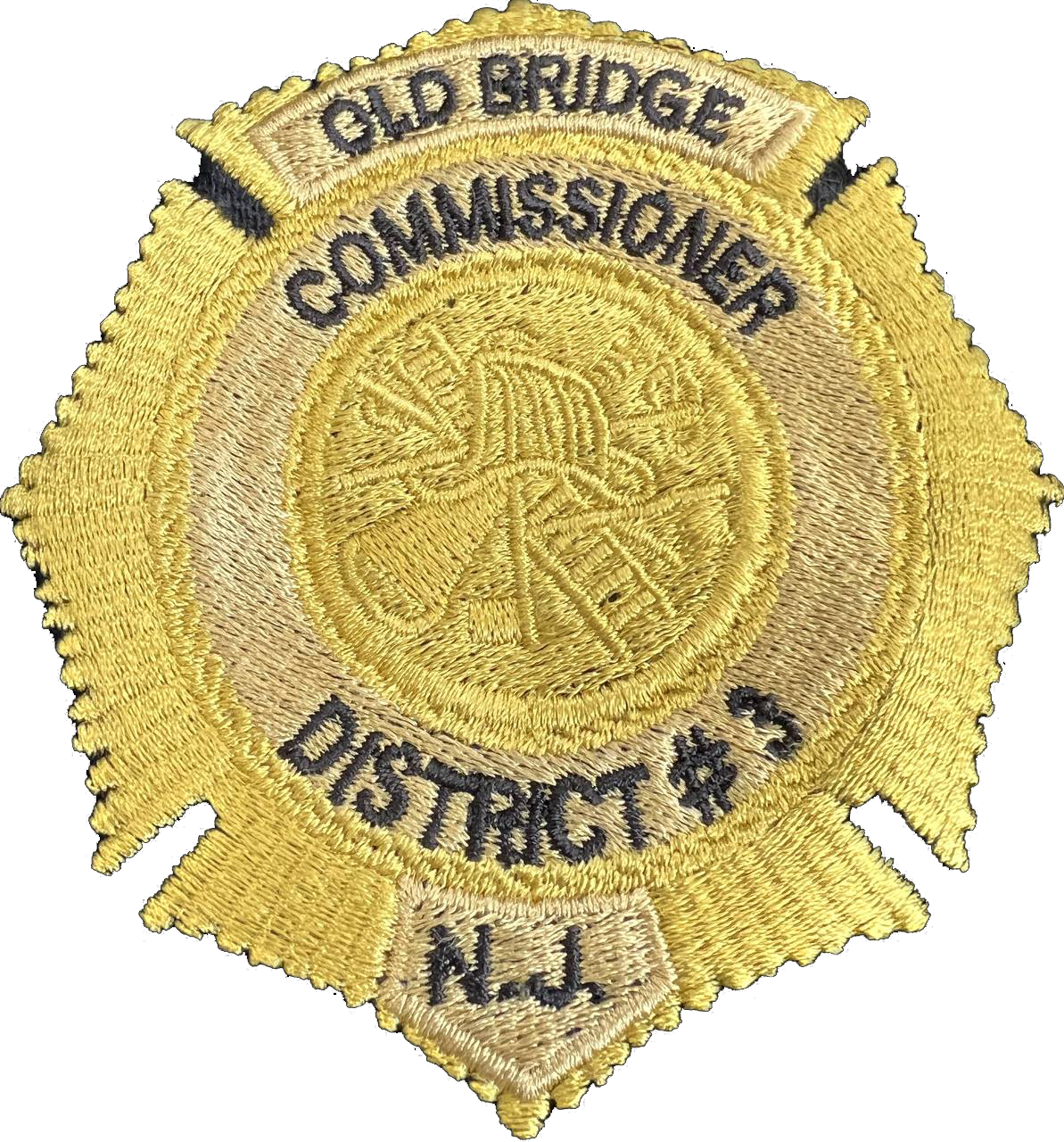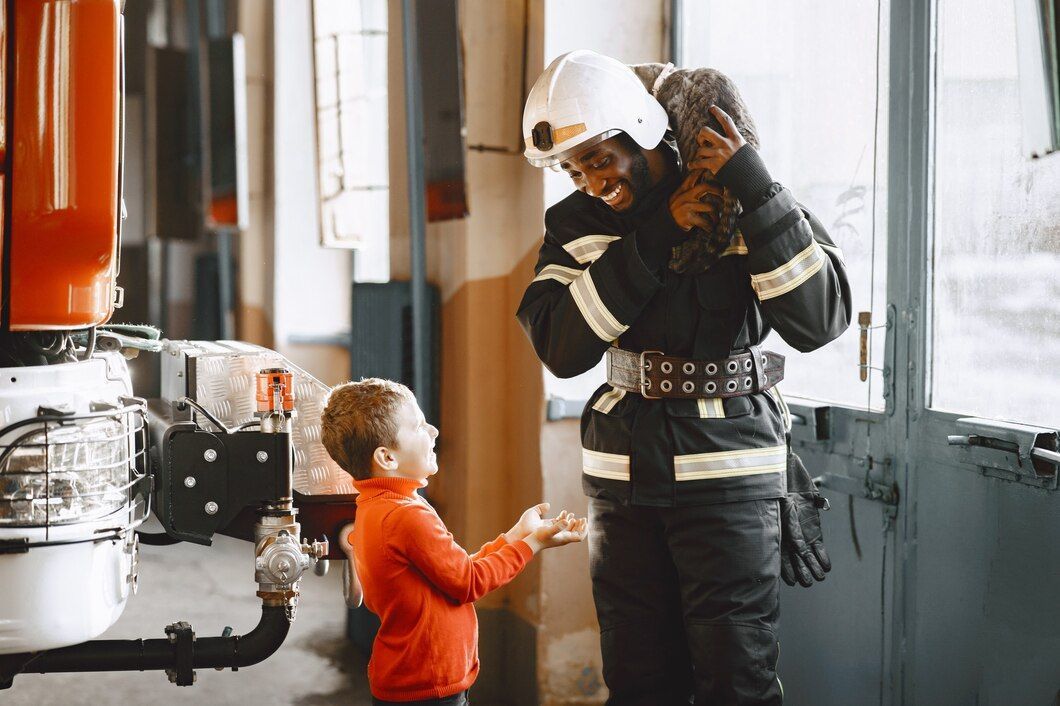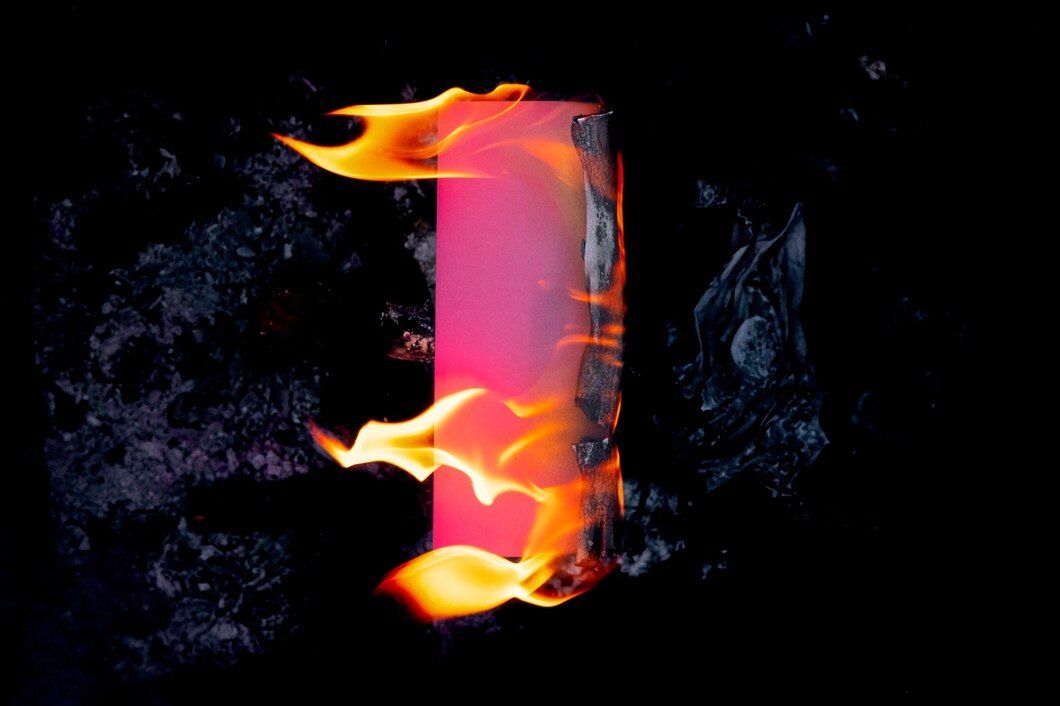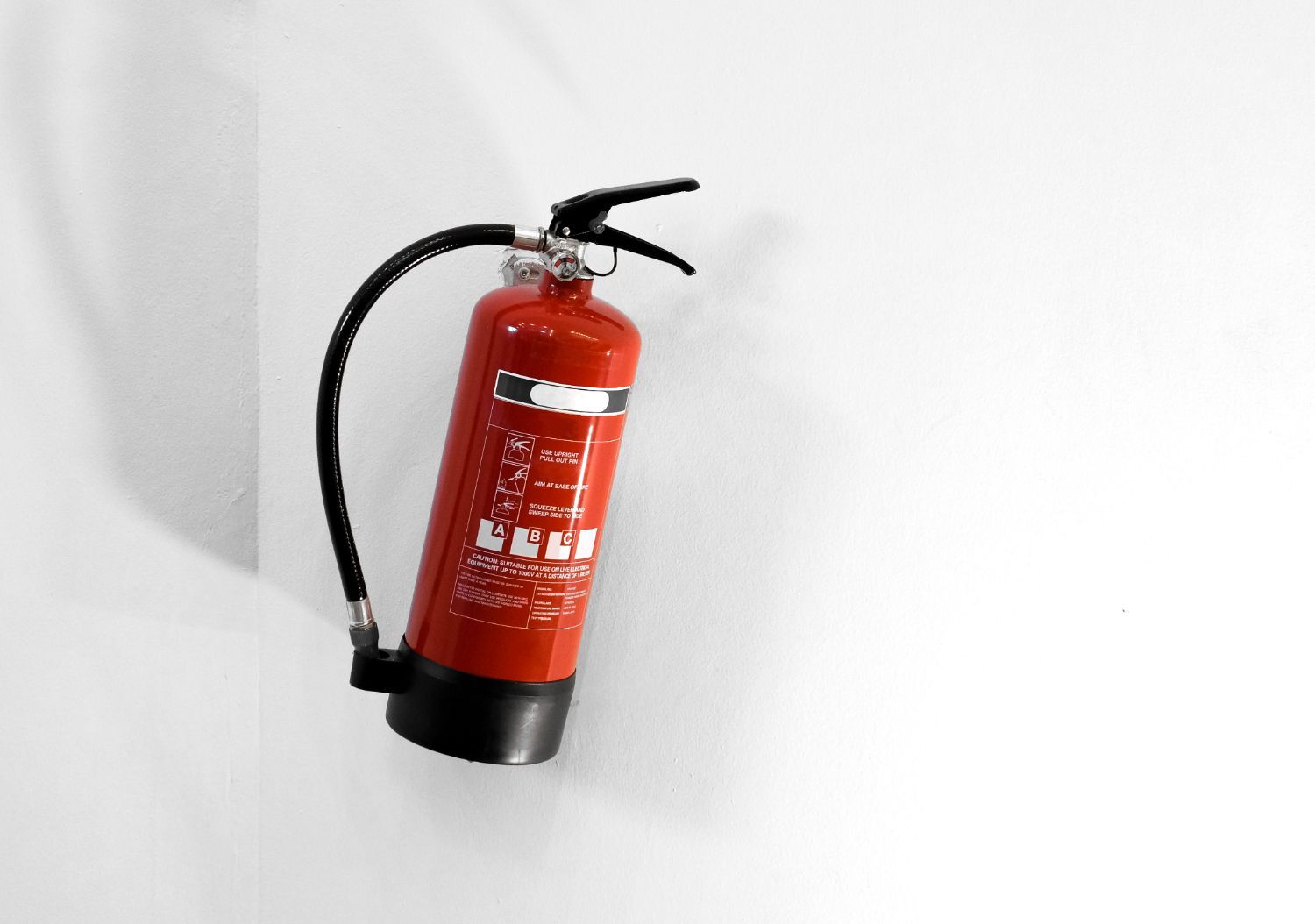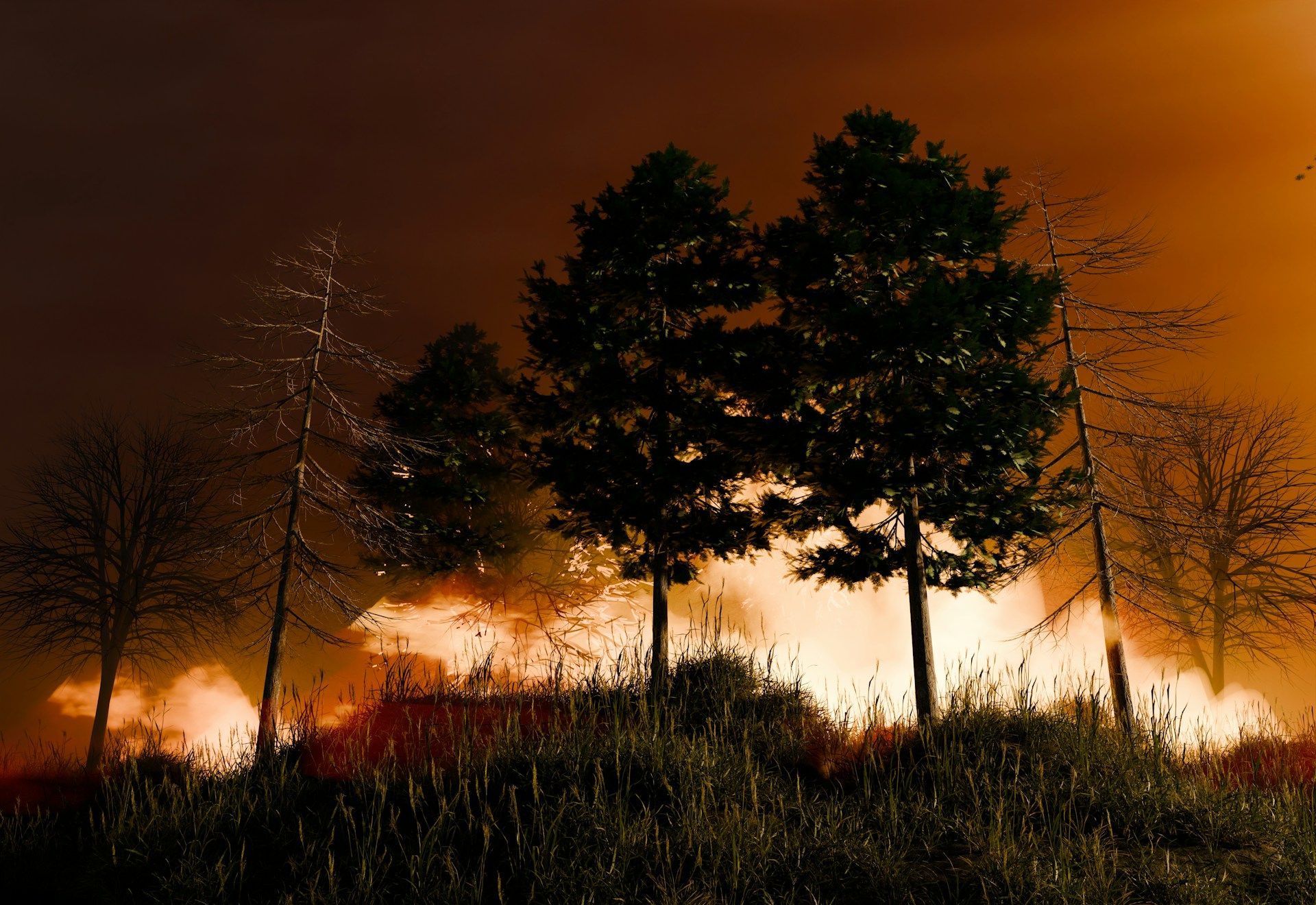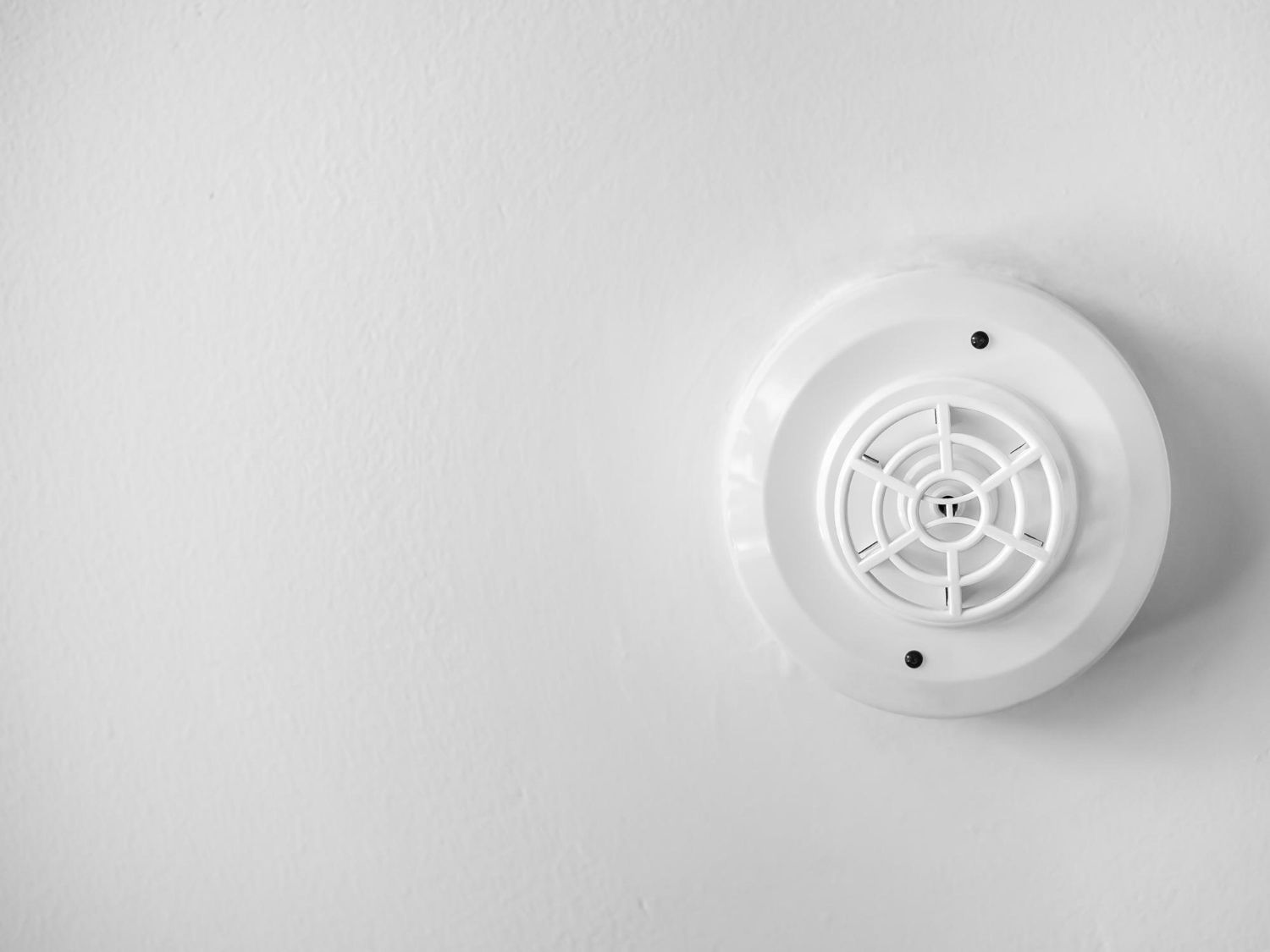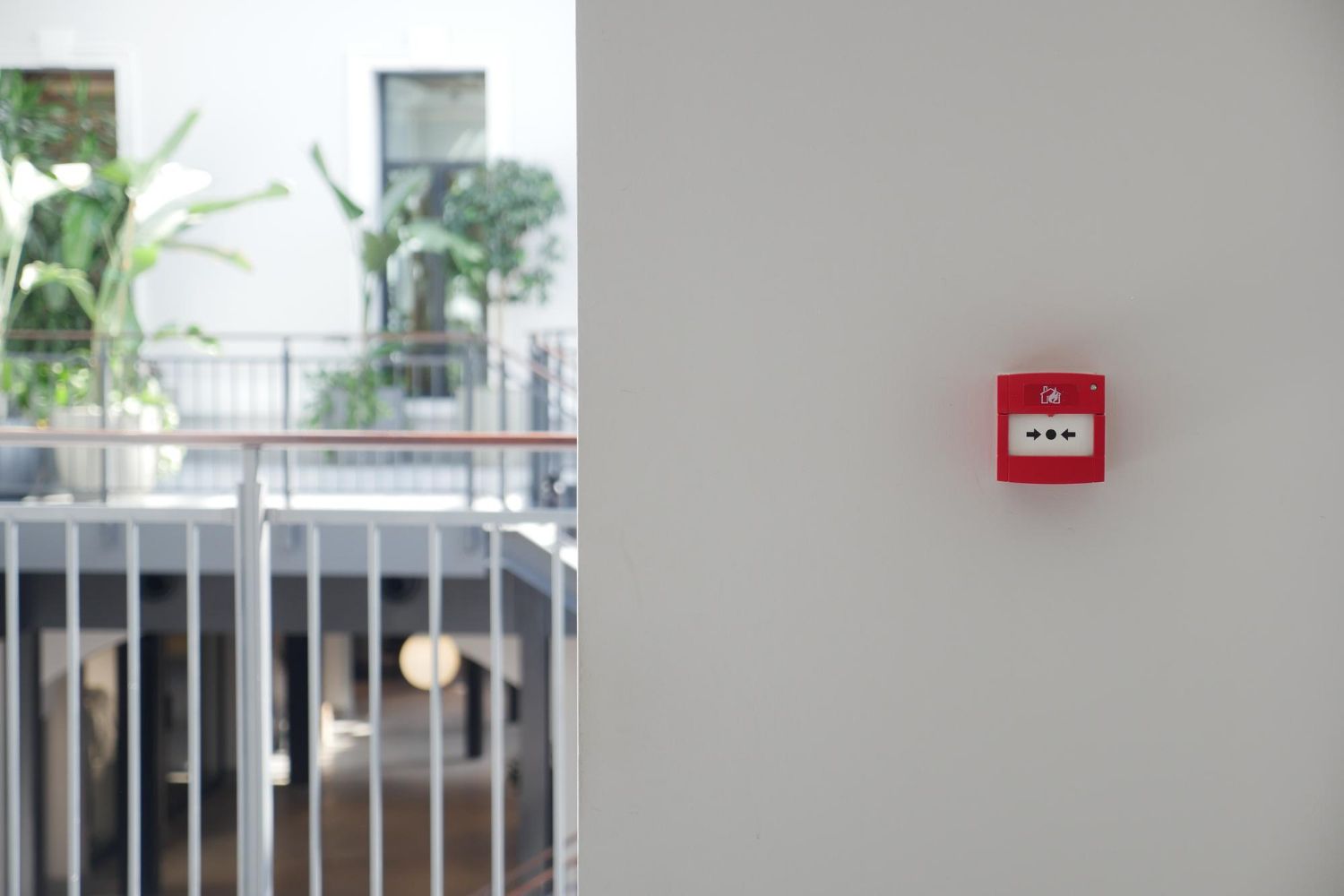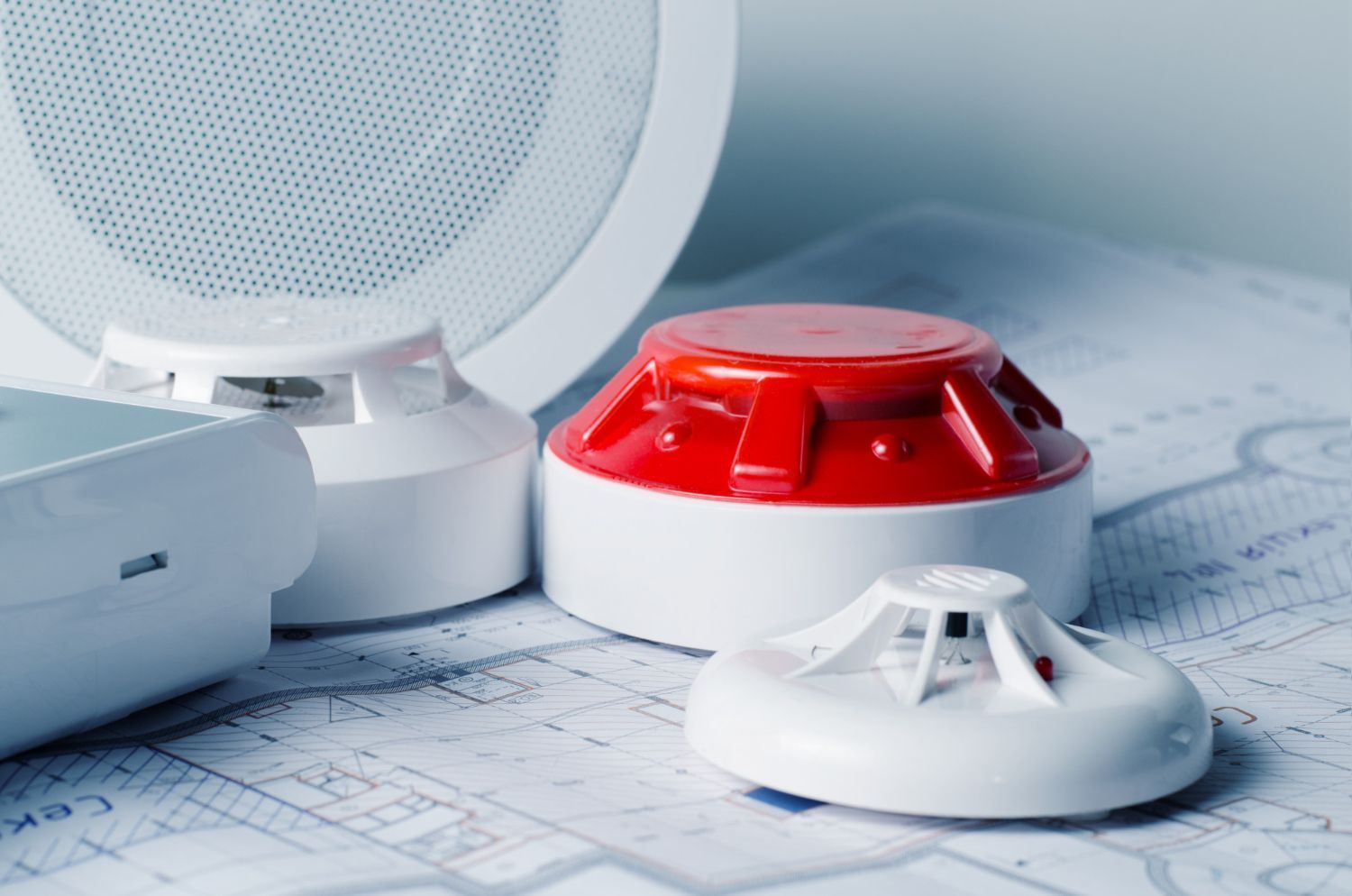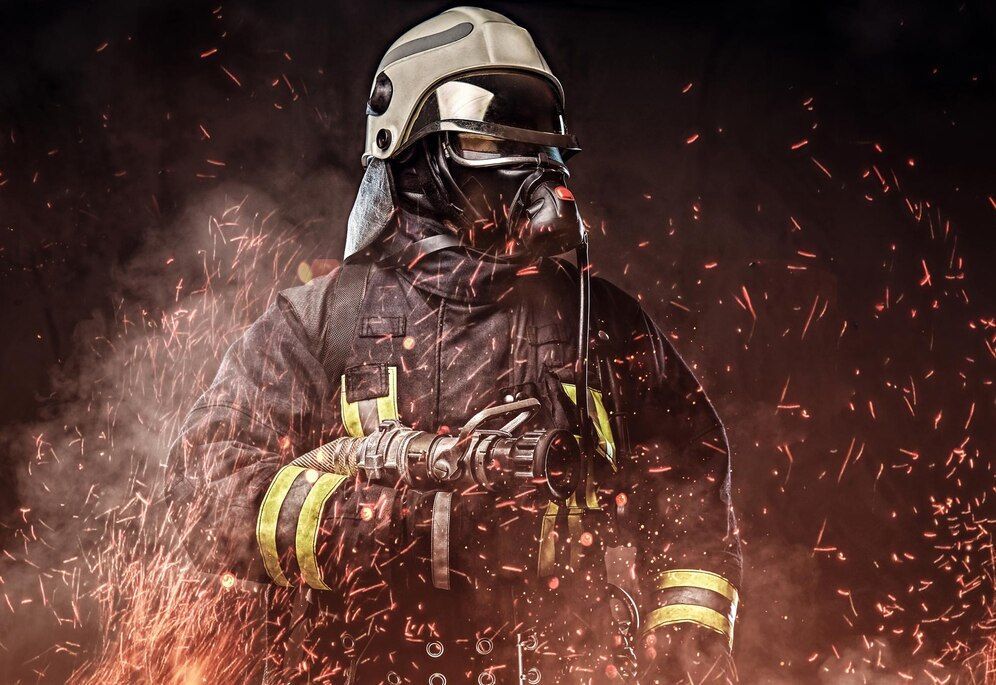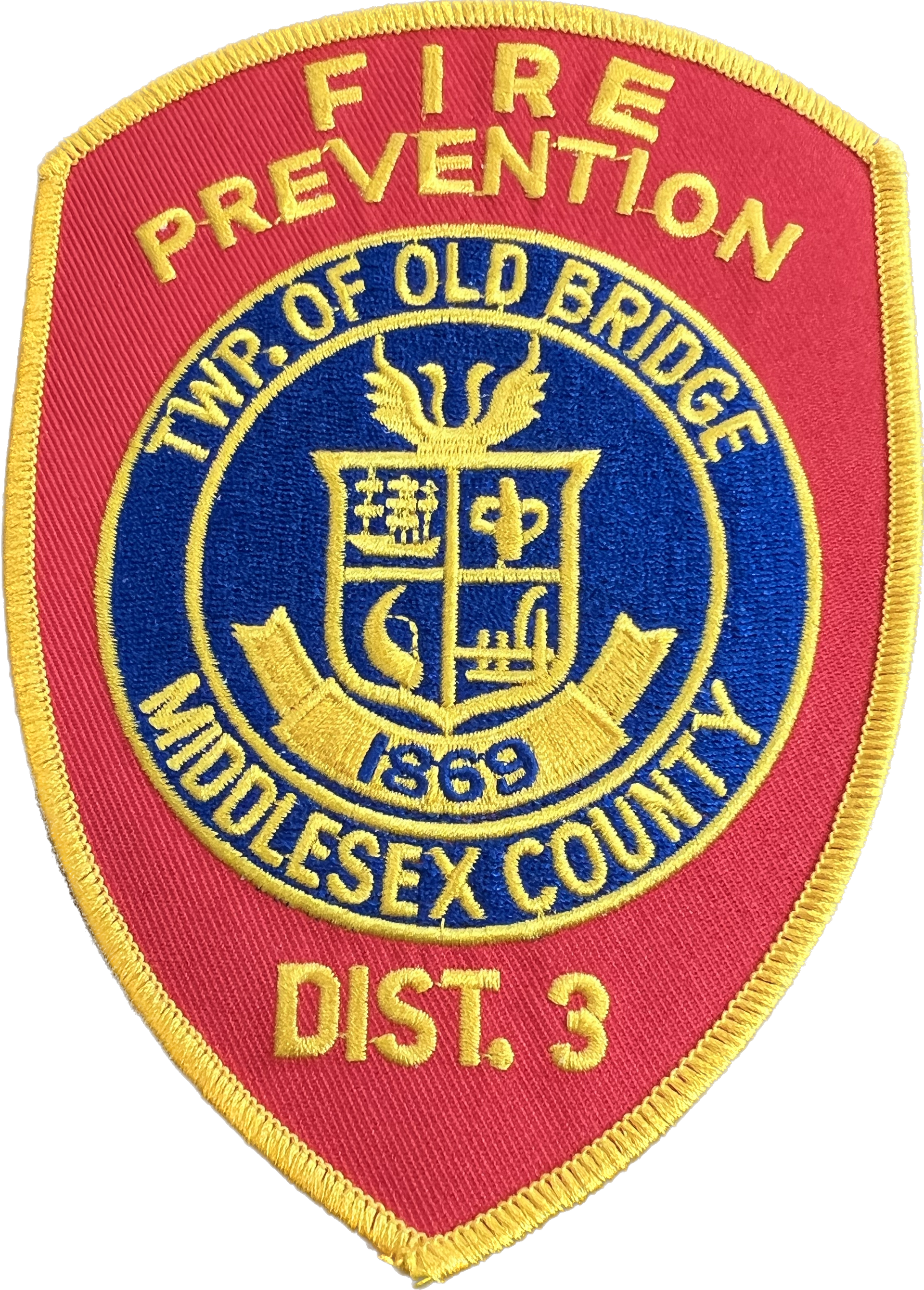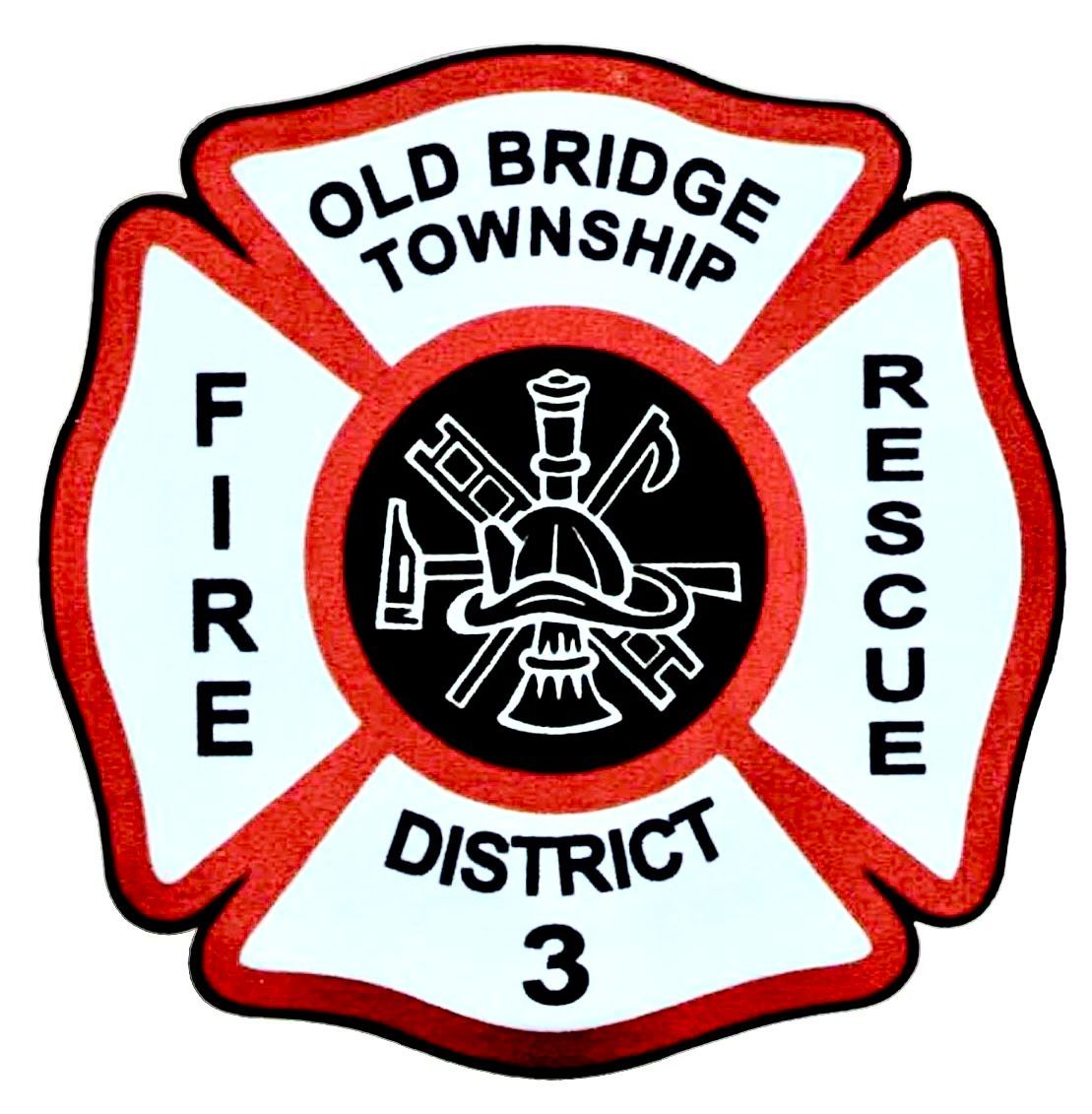Carbon Monoxide Safety: Prevention, Detection, and Emergency Response
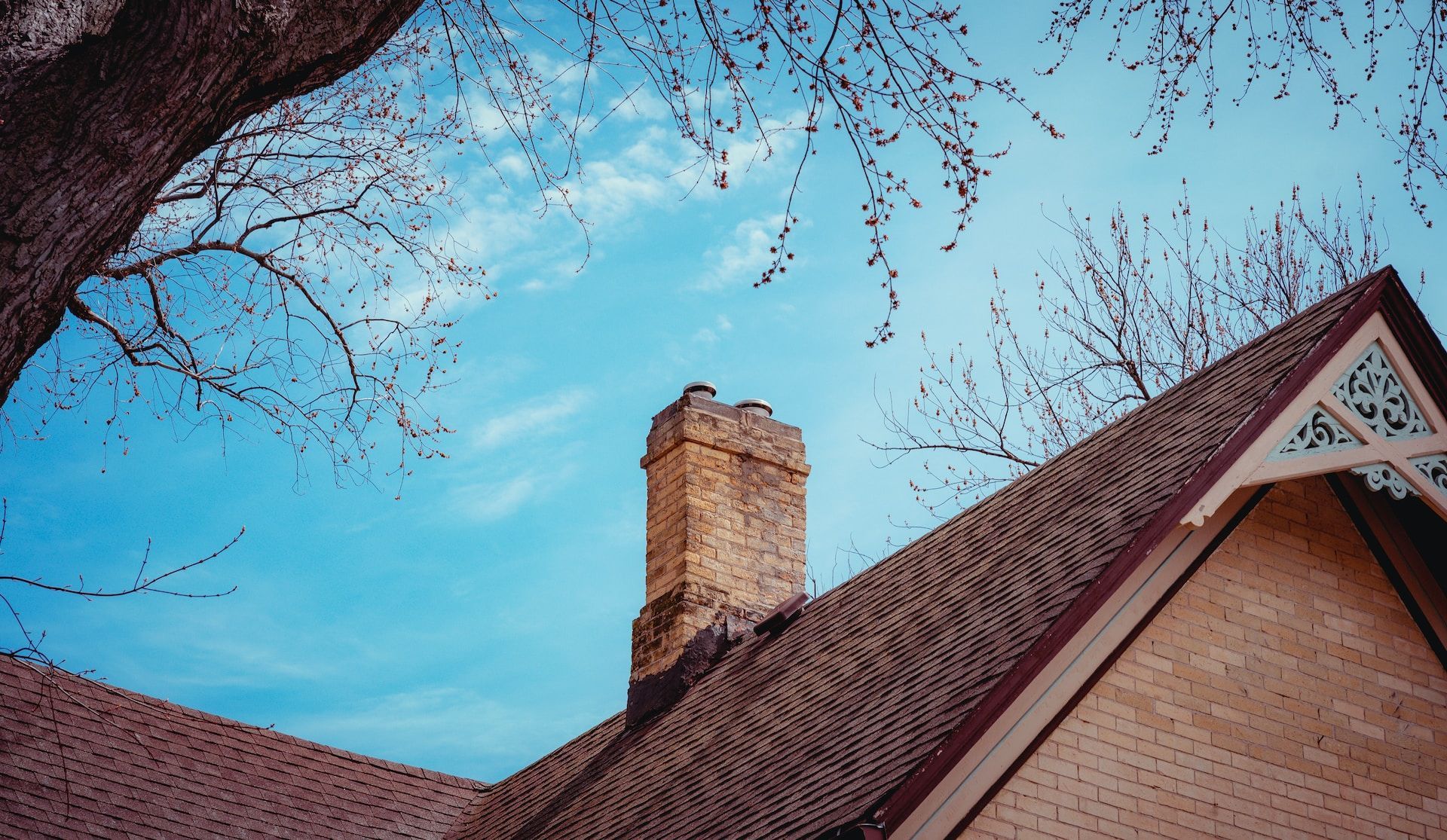
Carbon monoxide (CO) is an invisible threat that, when undetected, poses a significant risk to the health and safety of our community members in Fire District 3. This colorless, odorless, and tasteless gas is produced by the incomplete combustion of fossil fuels in everyday appliances, such as gas stoves, water heaters, and automobiles. When carbon monoxide is present in high concentrations, it can lead to serious health issues or even death. Therefore, understanding the dangers associated with CO and how to prevent, detect, and respond to carbon monoxide exposure is crucial to ensuring the well-being of our community members.
In this informative guide, we will explore the critical aspects of carbon monoxide safety, including identifying potential sources of CO in your home, taking preventive measures to reduce the risk of exposure, and understanding the importance of CO detectors. Additionally, we will discuss how to recognize the symptoms of CO poisoning and what steps to take in case of suspected exposure, including the appropriate emergency response.
Join us as we highlight the importance of carbon monoxide safety awareness and share valuable insights to protect your family and community. Together, we can contribute to a safer Fire District 3, well-informed about the risks and preventative measures associated with carbon monoxide.
1. Identifying and Preventing Carbon Monoxide Sources
To protect your home from carbon monoxide exposure, it's essential to recognize its potential sources and take appropriate preventive measures:
- Appliances and Equipment: Ensure proper installation, maintenance, and ventilation for fuel-burning appliances, such as furnaces, water heaters, and stoves. Schedule annual professional inspections for these appliances and any heating or cooling systems.
- Automobiles: Never leave a vehicle running in an attached garage, even with the garage door open, as CO produced by the engine can accumulate indoors and expose your family to dangerous levels of the gas.
- Generators: Use portable generators with caution, positioning them outdoors and away from windows, doors, and vents to prevent CO from entering your home.
- Chimneys and Fireplaces: Keep chimneys and flues clear of debris and obstructions by scheduling regular cleanings and inspections. Similarly, inspect and clean wood-burning fireplaces before each heating season.
2. The Importance of Carbon Monoxide Detectors
CO detectors are a vital safety measure, alerting residents to the presence of dangerous carbon monoxide levels in their homes:
- Selecting a CO Detector: Choose detectors listed by a qualified testing laboratory, such as Underwriters Laboratories (UL), and ensure they meet current guidelines and standards.
- Installation and Placement: Install carbon monoxide detectors in appropriate locations, including at least one detector on every level, and outside each sleeping area. Avoid installing detectors near heating vents or in enclosed spaces.
- Maintenance: Regularly test CO detectors in your home, following the manufacturer's instructions for battery replacement and detector lifespan. Replace the entire unit every 5-10 years, as recommended.
3. Recognizing Symptoms of Carbon Monoxide Poisoning
Identifying the symptoms of carbon monoxide poisoning is crucial to prompt detection and treatment:
- Mild Exposure: Symptoms of mild CO exposure may include headache, dizziness, nausea, fatigue, and shortness of breath. These symptoms often resemble those of the common flu, which can make CO poisoning difficult to diagnose.
- Moderate Exposure: Prolonged or increased exposure to CO can lead to more severe symptoms, including a severe headache, vomiting, confusion, and an increased heart rate.
- Extreme Exposure: Severe exposure to carbon monoxide can potentially result in unconsciousness, convulsions, cardiorespiratory failure, or even death.
If anyone in your household experiences symptoms that may indicate CO poisoning, seek fresh air immediately and call for medical help.
4. Responding to Carbon Monoxide Emergencies
Knowing how to react swiftly and effectively to potential CO exposure can save lives:
- Evacuate the Premises: If your CO detector sounds an alarm or if you suspect CO exposure, immediately move to a fresh-air location outdoors or near an open window or door. Ensure all occupants are accounted for and never reenter the area until it's safe to do so.
- Call for Help: Once outside, call 911 or your local emergency medical services to notify them of the potential CO leak and seek immediate medical assistance for any affected individuals.
- Prevent Recurrences: Before reoccupying the building, consult with a qualified technician to locate and repair the source of the carbon monoxide leak and confirm safety with a thorough inspection.
Building Carbon Monoxide Safety Awareness for a Stronger Community
Knowledge of carbon monoxide safety is vital for the well-being of our community members in Fire District 3. By understanding the sources of CO, implementing preventive measures, installing and maintaining carbon monoxide detectors, recognizing the symptoms of CO poisoning, and knowing how to respond in case of exposure, we can protect our homes, families, and neighbors from potential harm.
Let's work together with the
board of fire commissioner district 3 to create a safer, more knowledgeable Fire District 3, informed and prepared to address the dangers of carbon monoxide. Keep your family and community safe by sharing this vital information about carbon monoxide safety and detection with your friends, neighbors, and loved ones.
